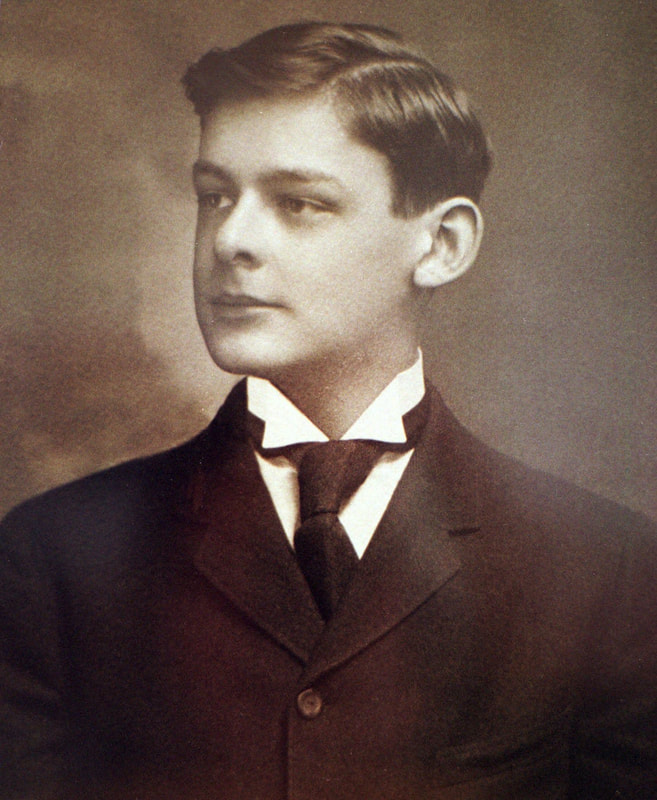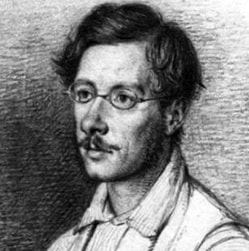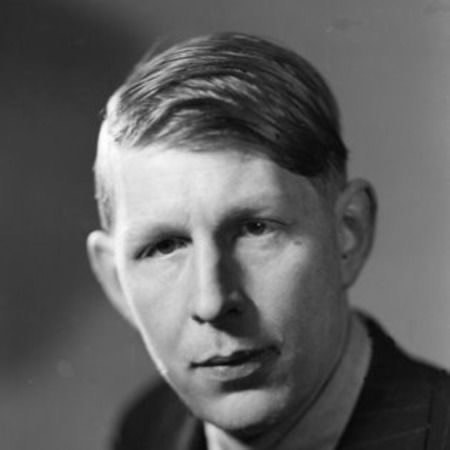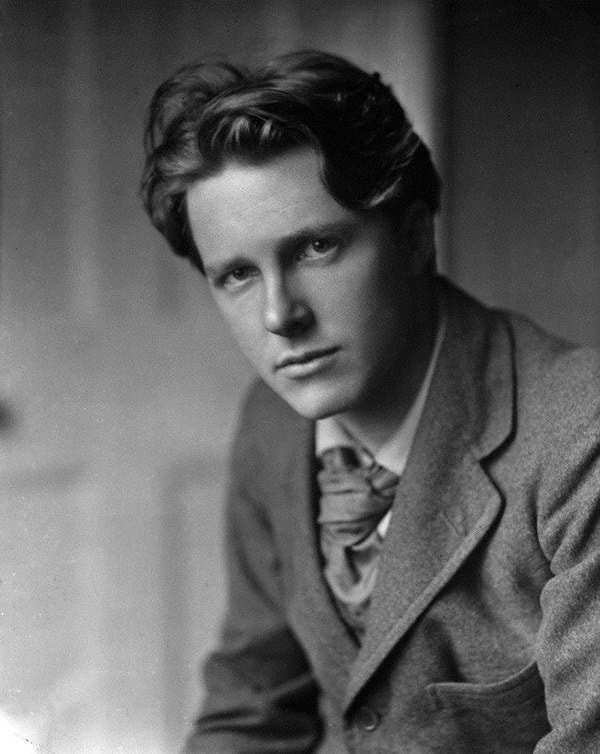The Naming of Cats
| The Naming of Cats is a difficult matter, It isn't just one of your holiday games; You may think at first I'm as mad as a hatter When I tell you, a cat must have THREE DIFFERENT NAMES. First of all, there's the name that the family use daily, Such as Peter, Augustus, Alonzo or James, Such as Victor or Jonathan, George or Bill Bailey-- All of them sensible everyday names. There are fancier names if you think they sound sweeter, Some for the gentlemen, some for the dames: Such as Plato, Admetus, Electra, Demeter-- But all of them sensible everyday names. But I tell you, a cat needs a name that's particular, A name that's peculiar, and more dignified, Else how can he keep up his tail perpendicular, Or spread out his whiskers, or cherish his pride? Of names of this kind, I can give you a quorum, Such as Munkustrap, Quaxo, or Coricopat, Such as Bombalurina, or else Jellylorum- Names that never belong to more than one cat. But above and beyond there's still one name left over, And that is the name that you never will guess; The name that no human research can discover-- But THE CAT HIMSELF KNOWS, and will never confess. When you notice a cat in profound meditation, The reason, I tell you, is always the same: His mind is engaged in a rapt contemplation Of the thought, of the thought, of the thought of his name: His ineffable effable Effanineffable Deep and inscrutable singular Name. T. S. Eliot |
Monsignor Ryan’s Reflections on “The Naming of Cats”
The Naming of Cats was published in 1939. It was featured in a poetry collection called, “Old Possums Book of Practical Cats”. This collection contains whimsical poems about feline psychology and sociology. “The Naming of Cats “ particularly describes the names of cats and how they receive them. This is addressed to humans by the “lyrical voice” who tries to teach the reader more about feline life. The poem shares the mysteriousness and the deviousness of cats. Most of the poems in “Old Possums Book of Practical Cats” were written in the 1930’s and included in letters to T S Eliot’s godchildren. In 1939, these were included and first published. “Old Possums Book of Practical cats” includes fifteen poems. The last one in the collection, “Cat Morgan introduces Himself”, was added in the 1952 edition. The Naming of Cats” and “Old Possum Book of Practical cats” was adapted for stage by Andrew Lloyd Webber. His appraisal is the best-known musical adaptation of the poem.
“The Naming of Cats”, has a great number of literary devices such as allusion, similes, and repetitions. Personification is one of the main literary devices as cats are given human characteristics. The “lyrical voice” acquires a didactic, but playful tone. He/she explains about the naming of cats, but at the same time, he/she plays with the external references and different types of allusions. The rhythm scheme of the poem is ABAB and produces a short and rhythmical dialogue.
The “lyrical voice” explains how a cat can have three different names firstly, the name given by their human family, secondly a particular name, thirdly an unknown name for humans.
The poem begins by stating the importance of the naming of cats. There is an allusion to “Alice in Wonderland” to compare the reader’s possible thought while reading to a reference he/she knows and has read about. (“You may think that I am as a mad as hatter”).
Notice the emphasis made in capital letters to the number of names a cat has. Then the “lyrical voice” talks about the first name, the family name and gives examples of names (such as … /all of them sensible everyday names”) these repetitions and rhyme schemes create a particular rhythmical pace in the poem which is almost song like. Then the “lyrical voice” proceeds to talk about the second name a cat has. This is a particular name which the cat possesses as it brings pride to the cat.
Finally the “lyrical voice” talks about the third and last name. There is an emphasis on the impossibility of knowing this name (“and that is the name you’ll never guess/the name that no human research can discern”). But THE CAT HIMSELF KNOWS, and will never confess. There is some mystery about the final name, as the narrator states it will never be known to humans as is evidenced in the final lines (“of the thought, of the thought, of the thought of his name:/his ineffable, effable Effanineffable”). This change in rhythm and structure allows the “lyrical voice” to finish the poem dramatically and to capture the reader’s attention.
The Naming of Cats was published in 1939. It was featured in a poetry collection called, “Old Possums Book of Practical Cats”. This collection contains whimsical poems about feline psychology and sociology. “The Naming of Cats “ particularly describes the names of cats and how they receive them. This is addressed to humans by the “lyrical voice” who tries to teach the reader more about feline life. The poem shares the mysteriousness and the deviousness of cats. Most of the poems in “Old Possums Book of Practical Cats” were written in the 1930’s and included in letters to T S Eliot’s godchildren. In 1939, these were included and first published. “Old Possums Book of Practical cats” includes fifteen poems. The last one in the collection, “Cat Morgan introduces Himself”, was added in the 1952 edition. The Naming of Cats” and “Old Possum Book of Practical cats” was adapted for stage by Andrew Lloyd Webber. His appraisal is the best-known musical adaptation of the poem.
“The Naming of Cats”, has a great number of literary devices such as allusion, similes, and repetitions. Personification is one of the main literary devices as cats are given human characteristics. The “lyrical voice” acquires a didactic, but playful tone. He/she explains about the naming of cats, but at the same time, he/she plays with the external references and different types of allusions. The rhythm scheme of the poem is ABAB and produces a short and rhythmical dialogue.
The “lyrical voice” explains how a cat can have three different names firstly, the name given by their human family, secondly a particular name, thirdly an unknown name for humans.
The poem begins by stating the importance of the naming of cats. There is an allusion to “Alice in Wonderland” to compare the reader’s possible thought while reading to a reference he/she knows and has read about. (“You may think that I am as a mad as hatter”).
Notice the emphasis made in capital letters to the number of names a cat has. Then the “lyrical voice” talks about the first name, the family name and gives examples of names (such as … /all of them sensible everyday names”) these repetitions and rhyme schemes create a particular rhythmical pace in the poem which is almost song like. Then the “lyrical voice” proceeds to talk about the second name a cat has. This is a particular name which the cat possesses as it brings pride to the cat.
Finally the “lyrical voice” talks about the third and last name. There is an emphasis on the impossibility of knowing this name (“and that is the name you’ll never guess/the name that no human research can discern”). But THE CAT HIMSELF KNOWS, and will never confess. There is some mystery about the final name, as the narrator states it will never be known to humans as is evidenced in the final lines (“of the thought, of the thought, of the thought of his name:/his ineffable, effable Effanineffable”). This change in rhythm and structure allows the “lyrical voice” to finish the poem dramatically and to capture the reader’s attention.
Thomas Stearns Eliot 1888 – 1965
T. S. Eliot was a British essayist, playwright and social critic. Although he was born in the United States, he became a British citizen in 1927. He moved to England in 1914, at the age of 25, and stayed in England for the rest of his life.
He is renowned as one of the greatest poets of the twentieth century. He was one of the leading figures in the Modernist movement in the early 1900’s. Among his most famous poems are: “The Waste Land”, “The Hollow Man”, “Ash Wednesday” and “Four Quartets”.
T S Eliot won a Nobel Prize for literature in 1948.
T. S. Eliot was a British essayist, playwright and social critic. Although he was born in the United States, he became a British citizen in 1927. He moved to England in 1914, at the age of 25, and stayed in England for the rest of his life.
He is renowned as one of the greatest poets of the twentieth century. He was one of the leading figures in the Modernist movement in the early 1900’s. Among his most famous poems are: “The Waste Land”, “The Hollow Man”, “Ash Wednesday” and “Four Quartets”.
T S Eliot won a Nobel Prize for literature in 1948.




 RSS Feed
RSS Feed